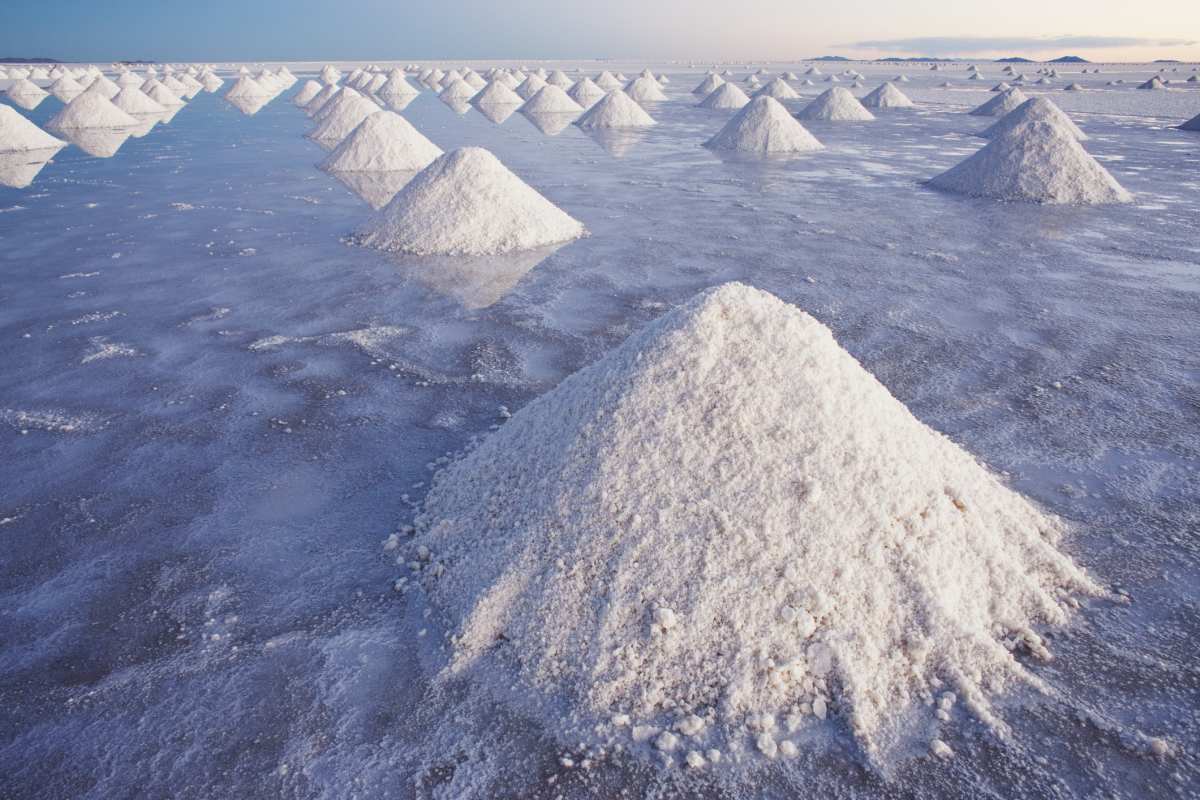Scientists Discovered Air Sealed in an Australian Rock for 815 Million Years. Then, They Released It

Our very own home planet wasn’t always home. There was no oxygen in the air. Until about 2.3 billion years ago, it was listed in the same category as other inhospitable planets. But then exploded a life-creating microbe called “cyanobacteria,” also called “blue green algae, as per Universe Today. As it evolved, it started using the Sun’s energy to split the water molecules, giving rise to a life-changing event that scientists later named the “Great Oxidation Event (GOE).” Suddenly, the atmosphere was brimming with oxygen. In a 2016 study published in Geology, scientists document how they liberated some of this ancient air trapped in a rock in Southern Australia.

As NOAA explains, the various landforms and structural formations on the planet are fascinating geological archives- the recorders of Earth’s geological history. Not just the history of oxygenation, but they also tell stories of how atmosphere and oceans evolved, including the weathering processes, sedimentary environmental events, climate change, mass extinctions, tectonic events, and the evolution of Earth’s biota that unfolded millions and billions of years ago. From a dinosaur’s giant footprint stamped and fossilized on a piece of ancient mountain to the air bubbles and volcanic ash, every little story is recorded in this geological archive.

The aforementioned study was led by a team of scientists from Brock University, led by Dr. Nigel Blamey. In 2016, Blamey and his colleagues investigated a halite rock from the Officer Basin, southwest Australia, and found that 800-million-year-old air was trapped inside it. According to the University of Minnesota, halite is a mineral composed of Sodium chloride (NaCl). It is the same ingredient you may be sprinkling in your soups and curries, the infamous table salt. It is the same substance that is powdered inside the ice that melts off the winter roads or sits in the mounds of salty domes, crystal faces, and beds of sedimentary rocks.

When saltwater bodies like these lakes and oceans start dying, they leave behind this element dissolved into the atmosphere. By studying a halite from Australia, scientists discovered a lot of noteworthy information about the story of how Earth got its first oxygen. Around 815 million years ago, the average oxygen levels were just 10.9%. Imagine if cyanobacteria had never evolved. Earth would have been floating dormant in the dark space, just like its neighbors, Venus and Mercury, devoid of life.

“This will give us a better understanding of how life evolved,” says Professor of Earth Sciences Uwe Brand. The goal of this study was to utilize advanced technologies and innovative methods to determine ancient oxygen levels in Earth’s atmosphere. From previous studies, they knew that the oxygen that these rocks can sometimes retain atmospheric gases and certain elements during crystallization from shallow salines, lagoons, and saltpan brines. This led them to explore the chemistry of halite and see if it held an archive of that ancient era. Luckily, it did.

“We’ve come up with a direct method of analyzing the content of those trapped fossil gases in the atmosphere and found that the oxygen level was approximately half of what it is today,” Blamey said in a press release. To study the rock, they extracted some samples and crushed them thoroughly until they were reduced to crystals. The crystals were passed through a machine called a “quadrupole mass spectrometer,” which was able to read the crystals’ gas content and composition. “Our finding answers one big question: did life come first or atmospheric oxygen? It is the latter,” said Professor Uwe Brand.
More on Green Matters
Scientists Drilled 1.7 Miles Into the Antarctic Ice Sheet and Found a Million-Year-Old Secret
Melting Ice on the Rocky Mountains Reveals 6000-Year-Old Secret About Earth’s Climate History
The Biggest Space Rock Ever Found in Antarctica Contains the Oldest Secret of the Solar System